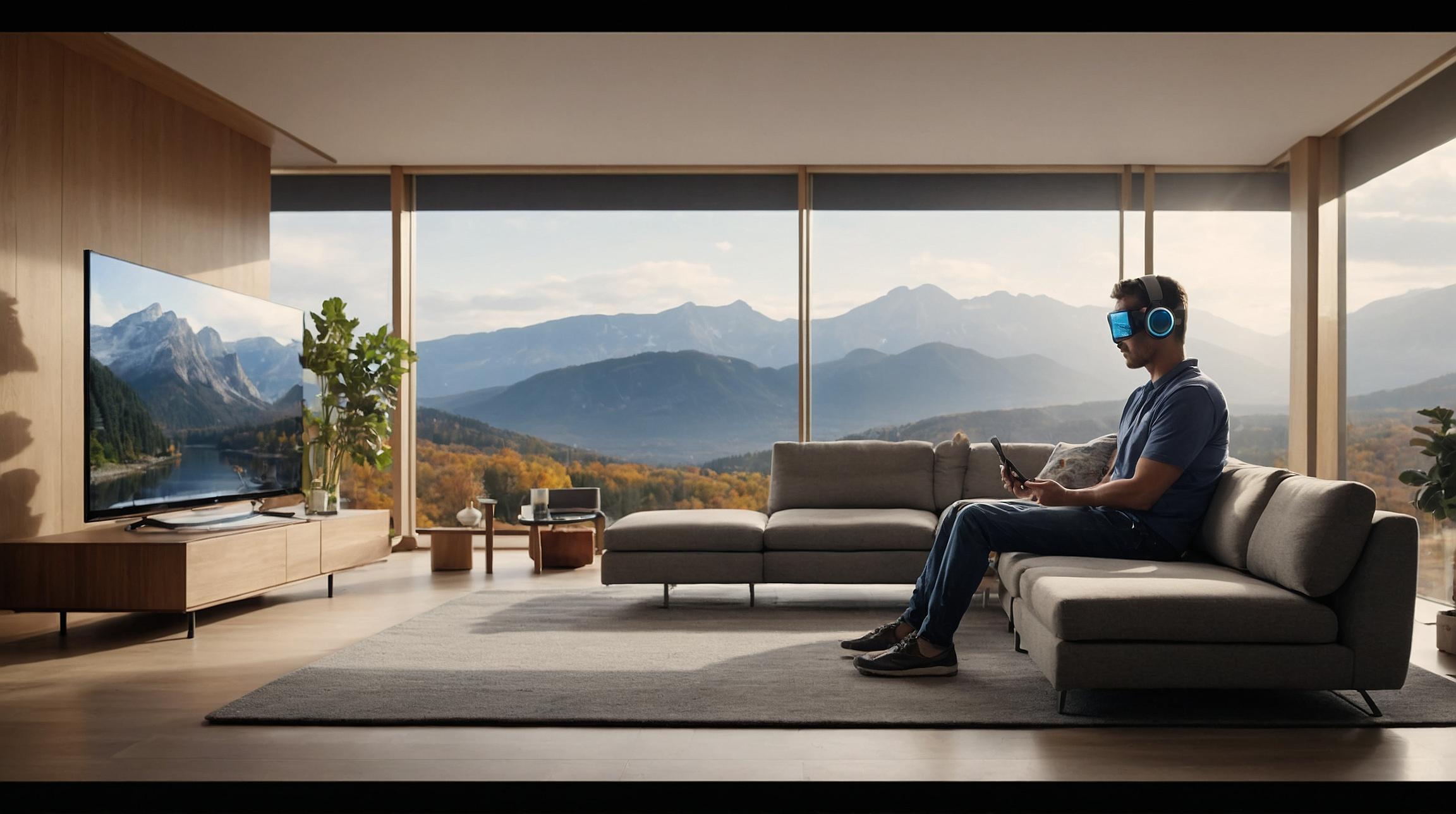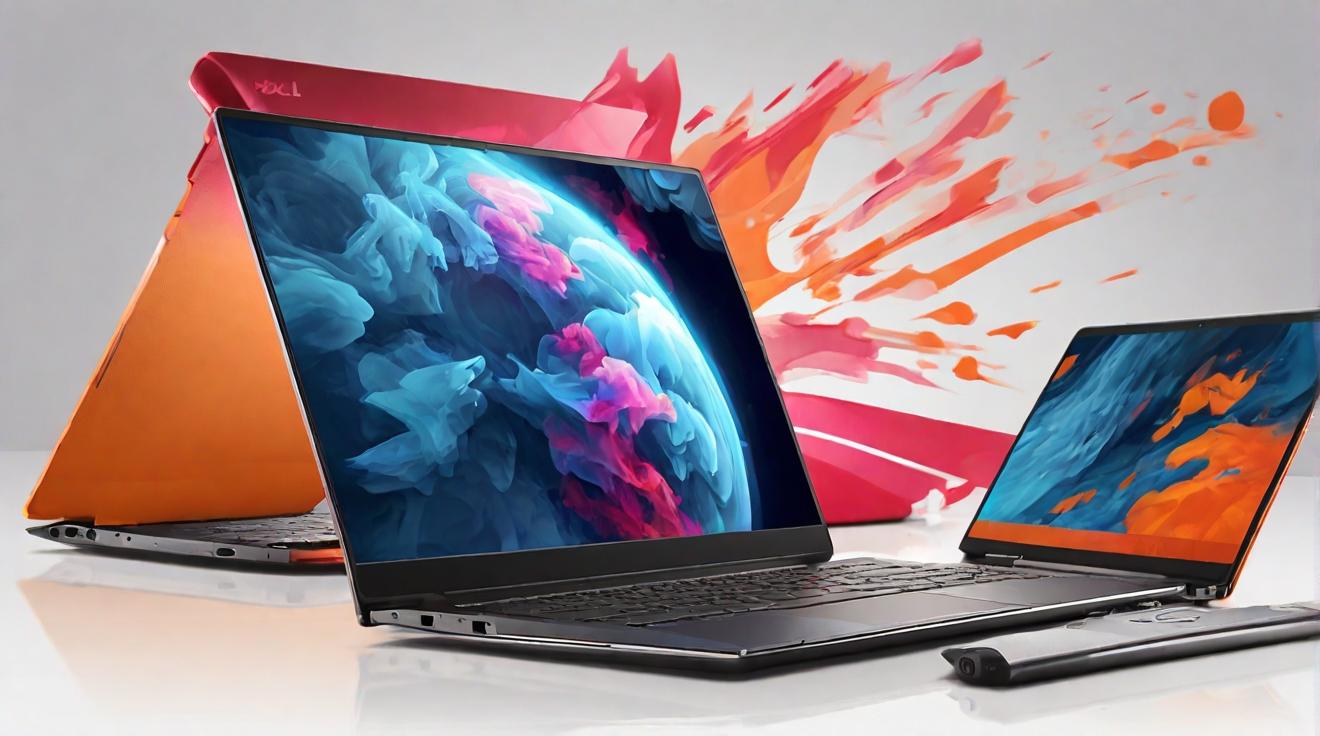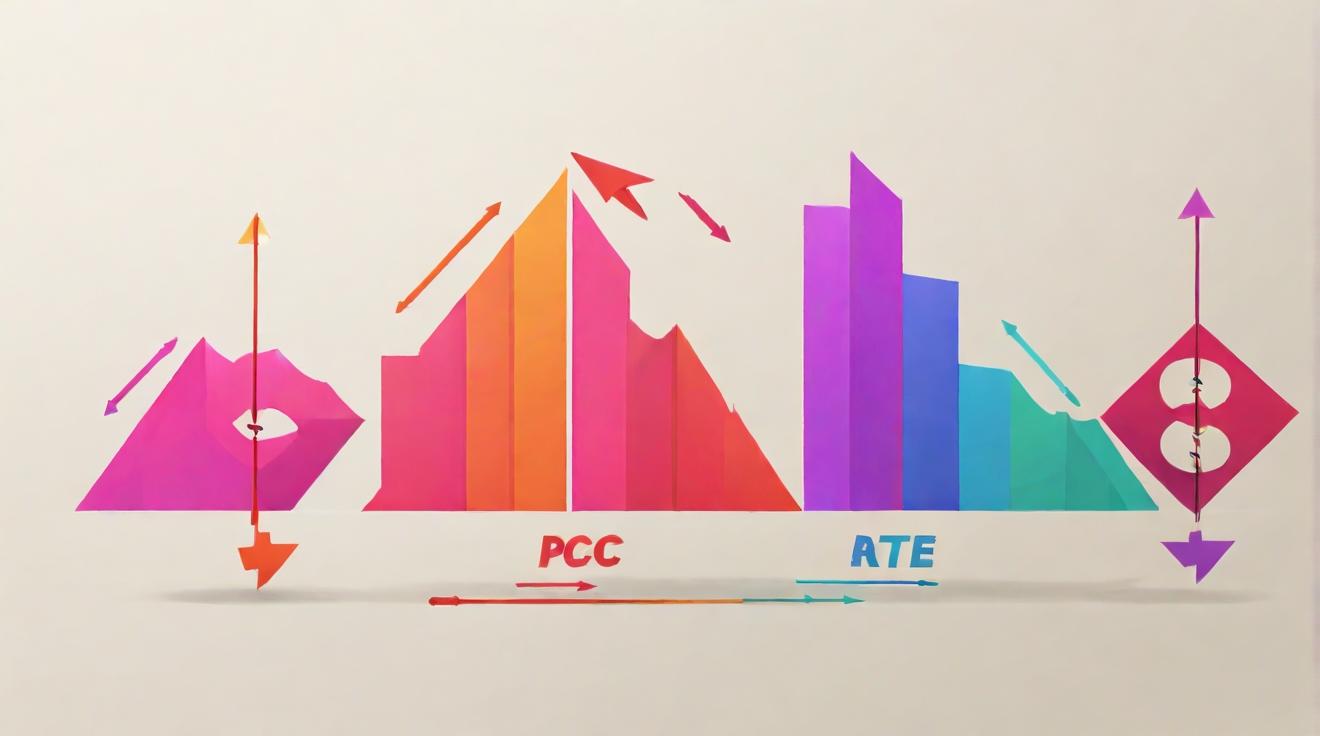Meta Tests New Window Positioning Feature for Quest Headsets
Meta is testing a feature for its Quest headsets that allows users to place windows freely, much like Apple's Vision Pro.
Enhanced Multitasking in Meta Horizon OS
Multitasking with multiple windows has been part of Meta Horizon OS for a few years, but until now, it only supported three virtual windows in a side-by-side layout. This new experimental feature, found in version 67 of the Meta Quest Public Test Channel, brings the Quest 3 closer to Apple’s spatial computing capabilities in mixed reality mode. However, it doesn’t work exactly the same way.
Freely Moving 2D App Windows
Users can move up to three windows from 2D apps like the browser or OS windows (such as your library and settings) around their space. Additionally, you still can keep another three windows docked. The placement of these windows is remembered only within a limited distance and will return to their default positions if you change orientation or reset the view.
New Customization Features
The update also introduces the ability to switch between curved and flat windows, and a dimmer that lowers the brightness of virtual environments while using 2D apps.
Apple Vision Pro vs. Meta Quest 3
The Apple Vision Pro allows for more advanced interactions, letting you move windows around and keep them locked in place even when you move around or remove the headset. For example, you can place a window next to your refrigerator, another near the TV in your living room, and then walk to and from them as if they are real objects.
In contrast, while Meta’s quest headsets might not yet achieve this level of effectiveness, they come at a significantly lower cost — around $3,000 less than the Vision Pro.
In conclusion, while Meta’s new feature might not be as polished as Apple’s, it brings significant improvements to multitasking and customization in virtual environments, and at a much cheaper price point.
Keywords: Meta Quest, Oculus Quest, virtual windows, Meta Horizon OS, Apple Vision Pro, spatial computing, mixed reality, experimental feature, 2D apps, virtual environments, multitasking













